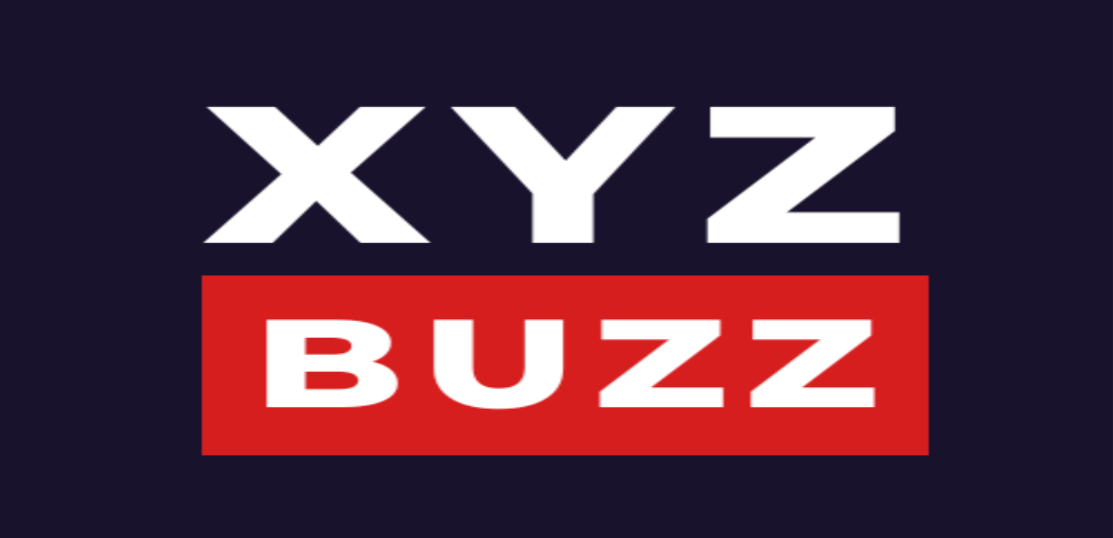Introduction
The Department of Government Efficiency, commonly referred to as DOGE, has recently gained significant attention after claiming to have saved approximately fifty-five billion dollars in taxpayer money through various cost-cutting initiatives. This announcement has sparked discussions across the country, with some praising it as a major step toward financial accountability, while others remain skeptical about the legitimacy and accuracy of these reported savings. Adding to the conversation, a new proposal known as the DOGE Dividend has surfaced, suggesting that a portion of the money saved should be distributed directly to American taxpayers. The idea has gained both support and criticism, as it raises questions about government spending, economic impact, and political motivations.
DOGE’s Reported Savings: A Closer Look
DOGE officials have reported that these savings have been achieved through a combination of measures, including fraud detection, the cancellation of unnecessary government contracts, the sale of surplus assets, and reductions in government workforce expenses. To ensure transparency and allow the public to monitor these financial efforts, DOGE has launched an online data portal where taxpayers can access real-time information regarding government expenditures and cost reductions. However, independent analysts and financial watchdogs have pointed out that the figures presented by DOGE do not entirely add up. While the department has claimed to have saved fifty-five billion dollars, only around eight point six billion dollars of these savings can be publicly verified. This discrepancy has raised concerns about whether the numbers are being inflated or whether there are missing details in how these savings are being calculated.
Critics argue that while the goal of reducing unnecessary government spending is commendable, the lack of complete transparency in these calculations could lead to misunderstandings or even manipulation of public perception. Some watchdog organizations have warned that aggressive cost-cutting measures, if not implemented strategically, could have unintended negative consequences, such as the reduction of essential services or potential job losses in sectors that rely on government funding. The challenge lies in balancing efficiency with sustainability to ensure that government savings do not come at the cost of compromising critical programs and services.
The DOGE Dividend: A Game-Changer or Political Gimmick?
One of the most talked-about developments associated with these savings is the proposal for what is being referred to as the DOGE Dividend. This concept was introduced by businessman James Fishback, who has suggested that twenty percent of the reported savings, amounting to approximately eleven billion dollars, should be redistributed directly to taxpayers. Under this proposal, American households would receive a one-time payment of five thousand dollars as a way to benefit from the government’s efficiency in managing its expenditures. The idea has gained traction in public discourse, particularly after Elon Musk, who is currently leading DOGE, expressed interest in the proposal and indicated that he would be discussing it with President Donald Trump.
Elon Musk’s endorsement of the concept has only fueled further curiosity and speculation among the public. Many people are now wondering whether such a proposal could realistically be implemented and whether they might soon receive a financial boost. President Donald Trump has acknowledged the proposal and stated that he is giving it serious consideration. In addition to the suggested redistribution to taxpayers, Trump has also floated the idea of allocating another twenty percent of the savings toward reducing the national debt. The discussion surrounding the DOGE Dividend has drawn a mix of reactions, with some individuals viewing it as a groundbreaking and innovative approach to financial management, while others dismiss it as a politically motivated move designed to garner public favor ahead of upcoming elections.
Challenges and Roadblocks
Despite the enthusiasm surrounding the DOGE Dividend, there are significant challenges that stand in the way of its implementation. One of the primary obstacles is the requirement for congressional approval. For the proposal to become a reality, it would need to pass through the legislative process, which is known to be highly complex and often contentious. Lawmakers remain divided on the issue, with some arguing that government savings should be returned to taxpayers, while others believe that such funds would be better utilized for reducing the national debt, improving infrastructure, or investing in other long-term projects. Additionally, there are concerns about the broader economic impact of distributing large sums of money to taxpayers in a short period of time.
Several economists have raised warnings about the potential inflationary effects of injecting billions of dollars directly into the economy. They argue that previous stimulus checks, while providing short-term financial relief, contributed to inflationary pressures that led to rising costs of goods and services. If the government were to proceed with the DOGE Dividend, there is a possibility that a sudden increase in consumer spending could drive up prices, ultimately diminishing the intended financial benefits. Furthermore, there is uncertainty regarding whether the reported savings are sustainable or if they are the result of temporary measures. If the savings turn out to be non-recurring, the feasibility of a one-time payout could come into question, as it may set unrealistic expectations for future government policies.
What’s Next?
At this stage, the DOGE Dividend proposal remains in its early stages, with no formal legislation drafted to support its implementation. However, the idea has already gained significant public attention and is likely to remain a topic of discussion in the coming months. If the proposal gains further momentum, it will need to undergo rigorous scrutiny to determine its practicality and effectiveness. The government will have to carefully evaluate whether such a measure aligns with long-term economic goals and whether it is in the best interest of the country’s financial health.
For now, taxpayers will have to wait and observe how the situation unfolds. Whether the government ultimately decides to move forward with direct payments to citizens or chooses to allocate the savings toward other national priorities, the outcome of this discussion will likely have lasting implications for public trust in government financial policies. The prospect of receiving financial relief through a government efficiency initiative is undoubtedly appealing to many Americans, but it remains to be seen whether such an idea will progress beyond mere speculation.
Conclusion
The developments surrounding DOGE’s reported savings and the DOGE Dividend proposal highlight the ongoing challenges in balancing fiscal responsibility with economic stability. While the government’s efforts to improve efficiency and reduce wasteful spending are commendable, the transparency and sustainability of these measures must be carefully examined.
As the debate continues, the key question remains whether the proposed redistribution of savings to taxpayers will become a groundbreaking policy shift or simply remain a controversial idea that fades with time.






